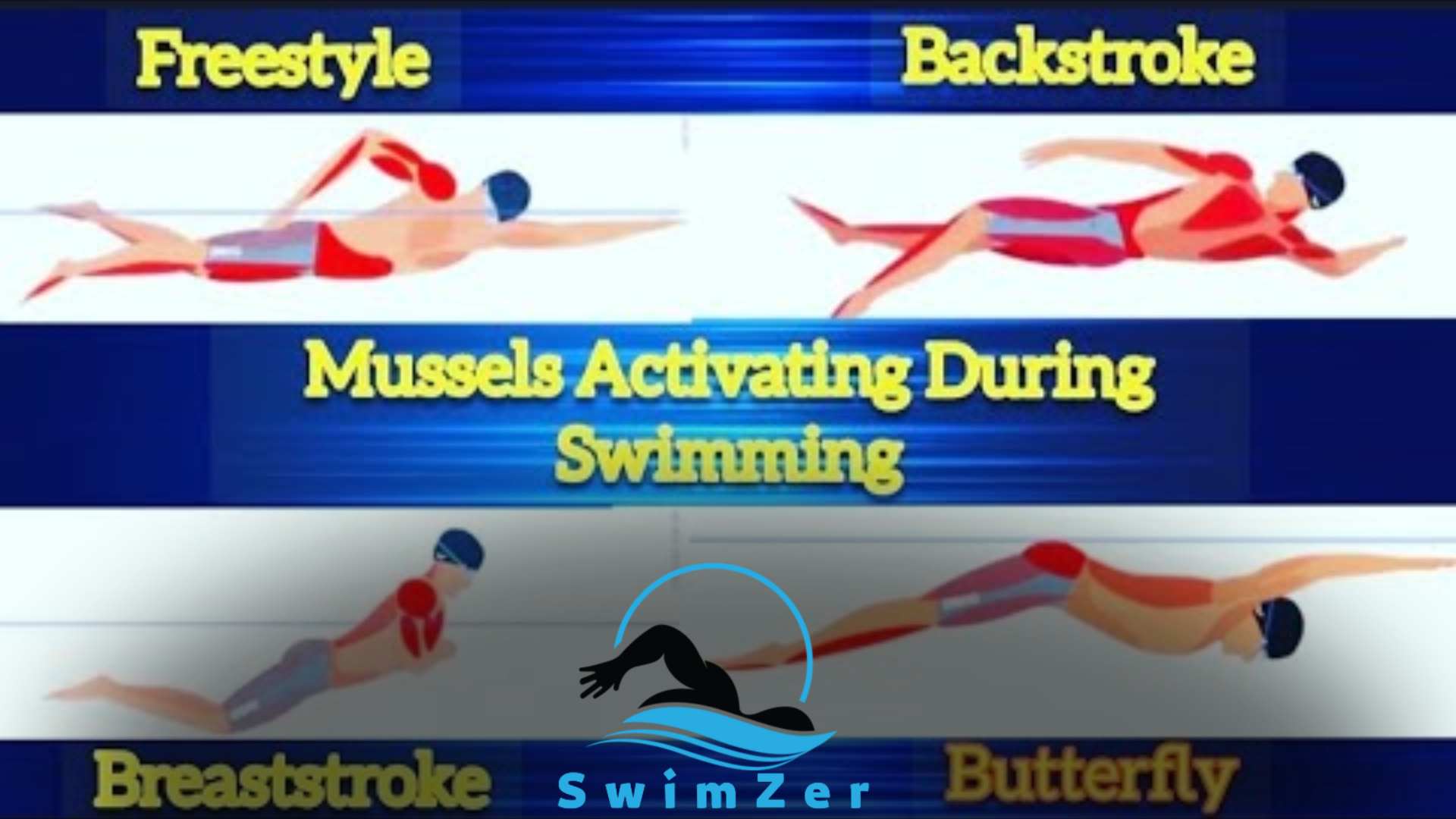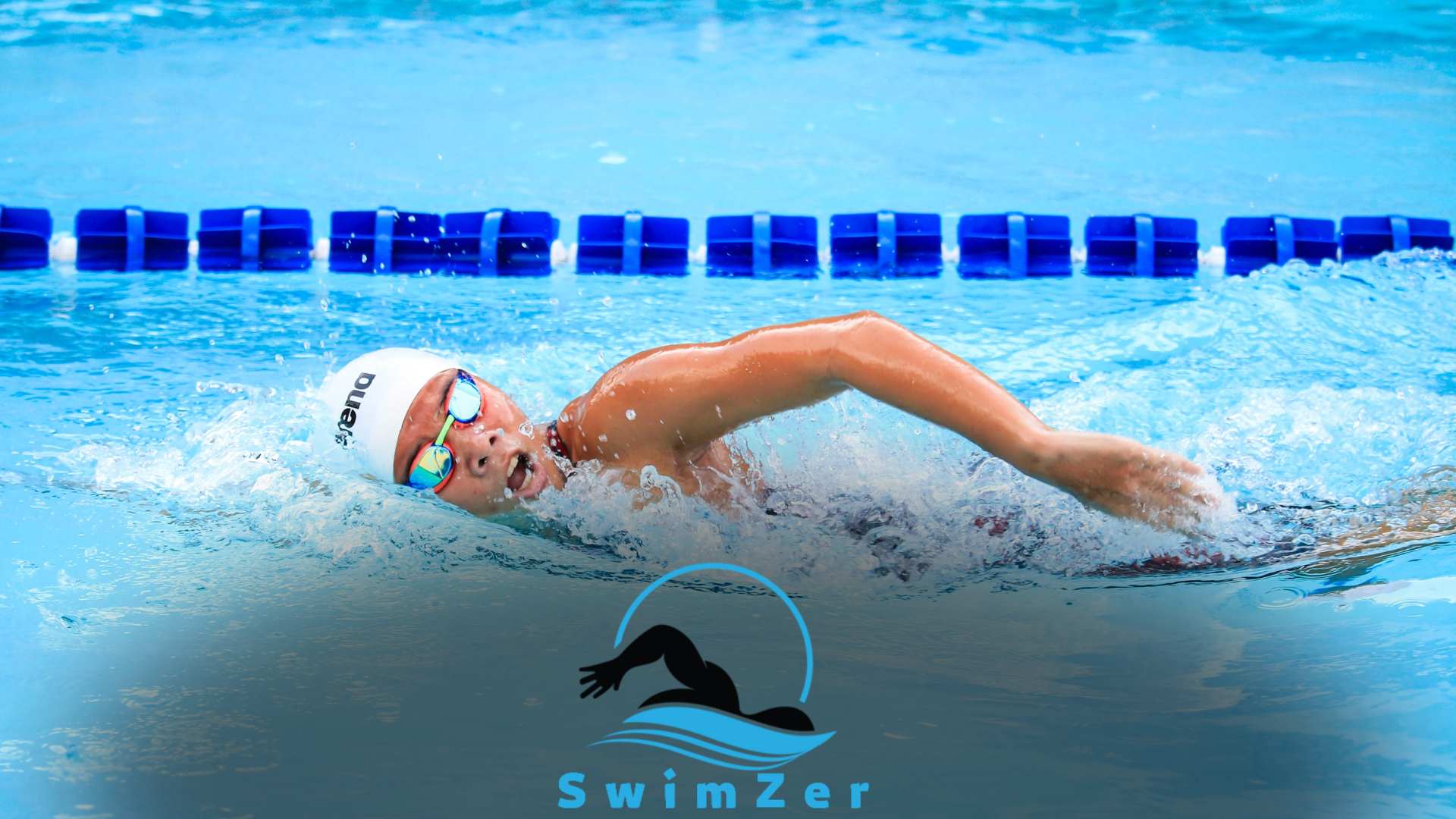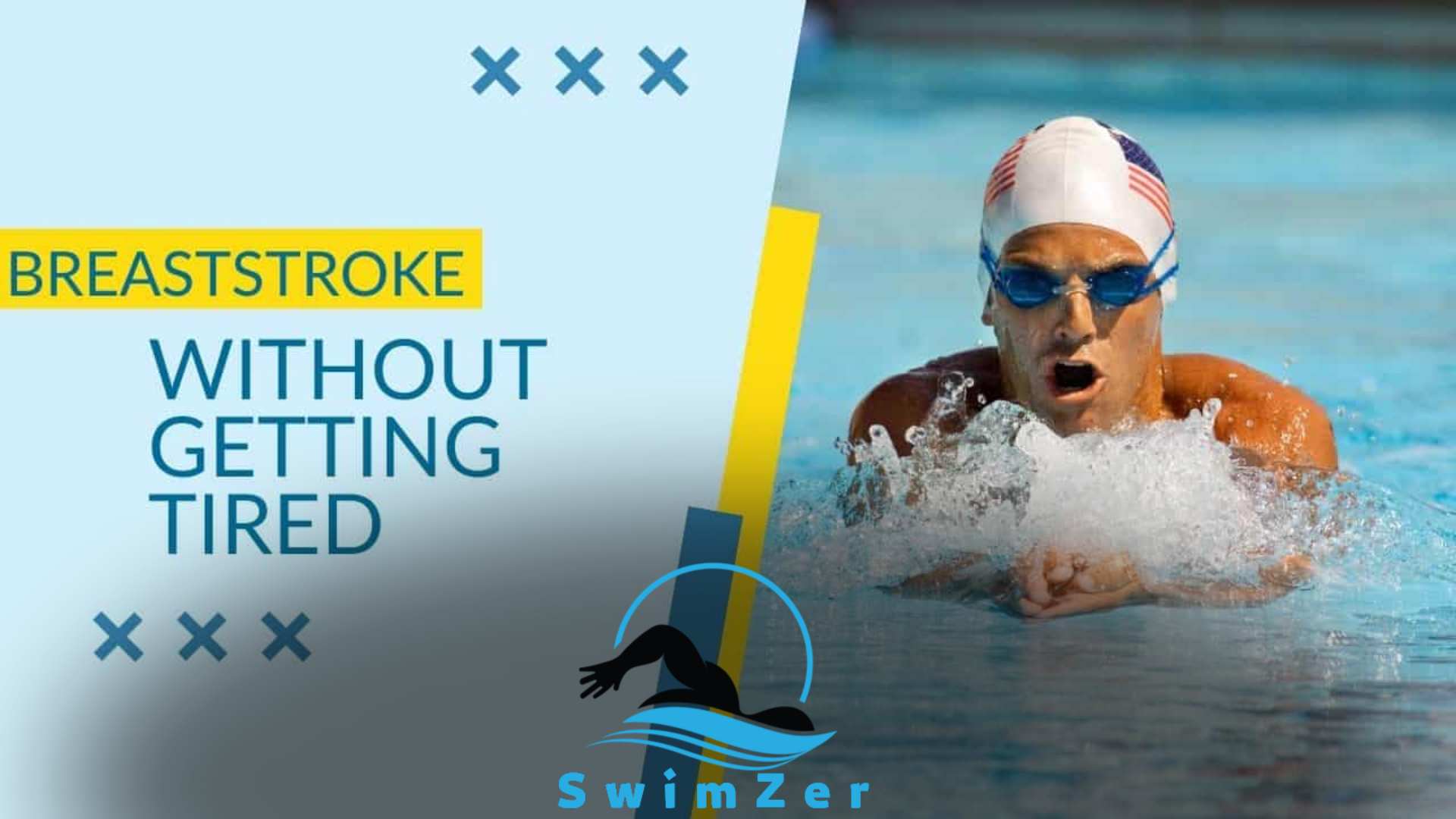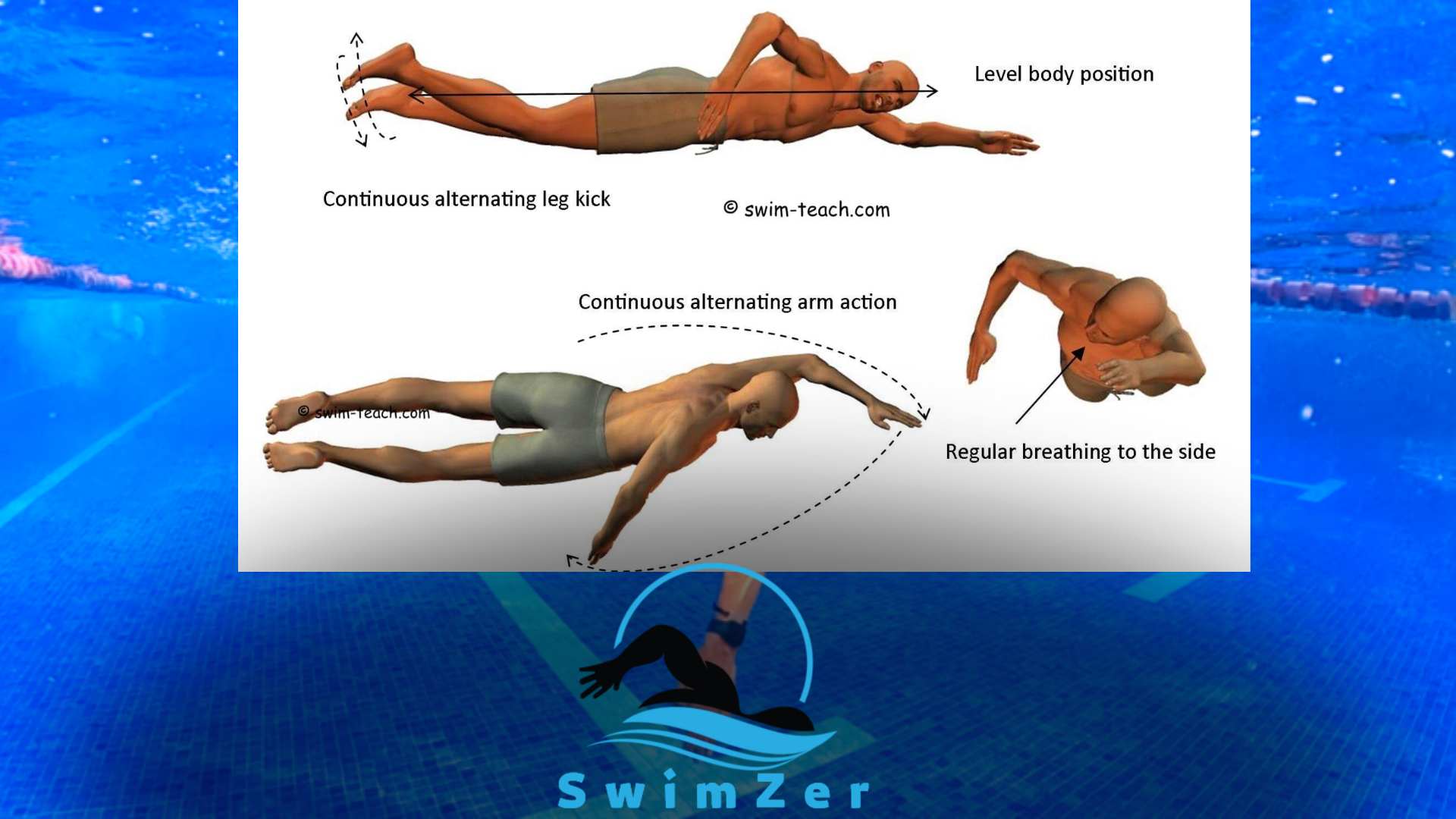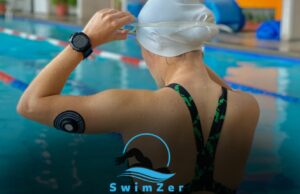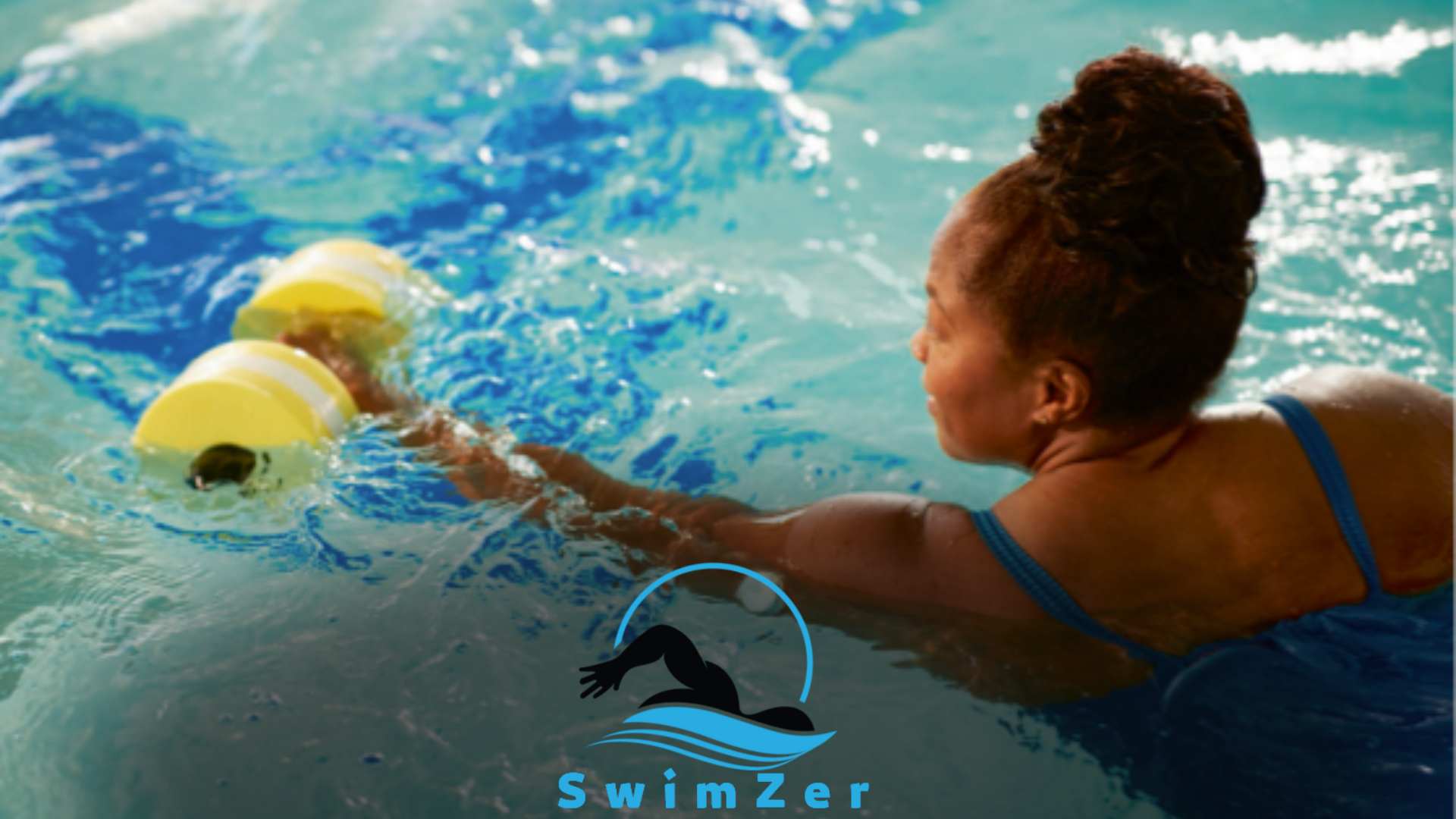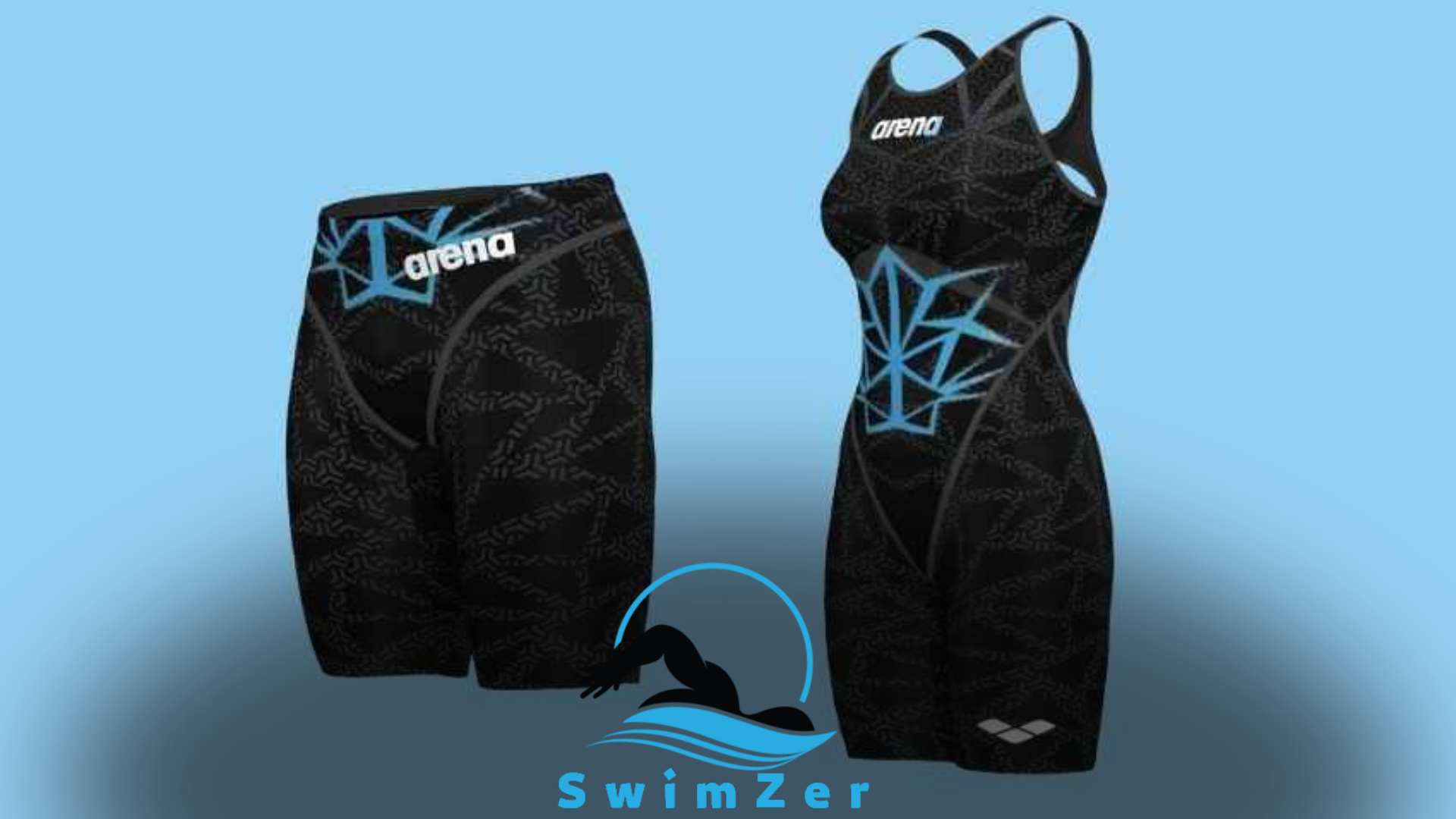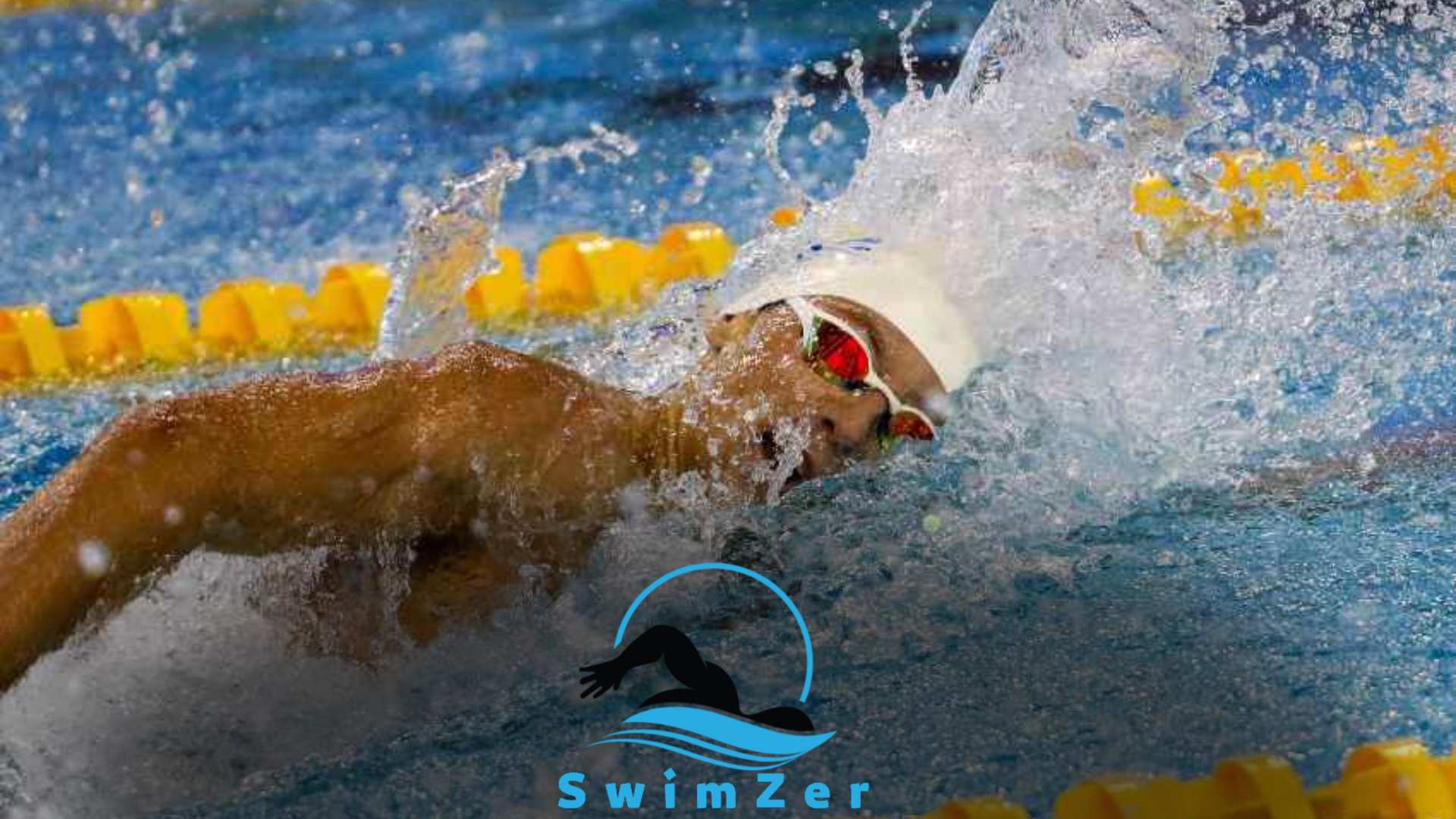Freestyle swimming primarily works the upper body’s muscles, including the arms, shoulders, and back. Engaging in freestyle swimming effectively builds strength and endurance in these muscle groups while improving overall cardiovascular fitness.
Additionally, the kicking motion involved in freestyle swimming engages the muscles of the lower body, including the quadriceps, hamstrings, and glutes, providing a full-body workout.
Regular freestyle swimming can help tone and strengthen these muscles, promoting overall muscular balance and coordination.
Whether you’re a competitive swimmer or simply enjoy swimming as a form of exercise, freestyle swimming offers a comprehensive workout that targets multiple muscle groups for improved strength and fitness.
Understanding the Main Muscle Groups Engaged
Freestyle swimming is a fantastic full-body workout that engages various muscle groups. It primarily targets the core muscles, such as the abs, obliques, and lower back, maintaining stability and balance in the water.
The upper body muscles, including the shoulders, chest, and arms, play a crucial role in propelling the body forward and pulling through the water.
Additionally, the lower body muscles, like the glutes, quadriceps, and hamstrings, provide the necessary thrust for propulsion and help maintain a streamlined body position.
Integrating multiple muscle groups makes freestyle swimming an effective form of exercise, offering cardiovascular benefits and muscle conditioning.
As you glide through the water, every stroke activates these muscles, resulting in improved strength, endurance, and overall fitness. So, dive in and enjoy the rewarding experience of freestyle swimming!
Core Muscles
Freestyle swimming is an excellent exercise that engages multiple core muscles. The abdominal muscles play a vital role in stabilizing the body while swimming. They help in maintaining balance and generating power for efficient strokes.
The back muscles, including the latissimus dorsi and trapezius, are actively engaged throughout the freestyle stroke.
These muscles provide stability and aid in propelling the body forward in the water. Another important muscle group involved in freestyle swimming is the obliques.
The oblique muscles on the sides of the abdomen maintain stability and rotational movements during each stroke.
The core muscles play a significant role in freestyle swimming by providing stability, power, and control, making it a great full-body workout.
Upper Body Muscles
Freestyle swimming provides an excellent workout for the upper body muscles. The arm and shoulder muscles play a crucial role in this swimming technique.
The pectoral muscles are responsible for propulsion, as they generate the power to propel the body forward in the water.
The deltoid muscles are engaged during freestyle swimming, helping to stabilize and control arm movements. The triceps and biceps are also vital in controlling arm movements, allowing for efficient stroke technique.
These upper body muscles work together to create the fluid and powerful strokes required in freestyle swimming.
Regularly practicing freestyle swimming can strengthen and tone these muscles, improving overall swimming performance and muscular endurance.
So, next time you hit the pool, remember the benefits to your upper body muscles that freestyle swimming can provide.
Lower Body Muscles
Freestyle swimming is an excellent full-body workout that engages various muscles, including the lower body. The leg muscles play a crucial role in this swimming style.
The quadriceps and hamstrings actively kick and propel the body forward when swimming freestyle.
These muscles generate power and maintain a streamlined body position in the water.
Additionally, the gluteal muscles in the buttocks contribute to propulsion by providing stability and strength during leg movements. They help push against the water to propel the swimmer forward.
Furthermore, the calf muscles are essential for efficient kicking. They provide the force and control for a powerful and rhythmic kick, maximizing the swimmer’s forward propulsion.
Form and Technique for Effective Muscle Engagement
Freestyle swimming engages muscles, promoting strength, endurance, and overall fitness. Proper body alignment plays a crucial role in effective muscle engagement.
Aligning your head, spine, and hips in a straight line allows you to glide through the water smoothly.
Coordinating correct arm and leg movements is essential for generating propulsion and maintaining stability. As you extend your arms forward, your shoulders, chest, and upper back muscles come into action.
The powerful kick of your legs engages your glutes, quads, hamstrings, and calves.
Breathing techniques are vital to sustaining your swimming rhythm and ensuring adequate oxygen intake. You engage your core muscles and enhance overall body coordination by inhaling and exhaling controlled.
Emphasizing proper form and technique in freestyle swimming leads to a well-rounded workout that targets multiple muscle groups, helping you achieve your fitness goals effectively.
Benefits and Considerations for Training the Muscles
Freestyle swimming is an excellent exercise for working out multiple muscles. The benefits of training these muscles include increased strength and endurance.
Each stroke in freestyle swimming engages the upper body, including the arms, shoulders, and upper back, providing a full-body workout.
Additionally, swimming helps prevent injuries since it is a low-impact activity that reduces joint stress. However, balancing the muscles worked during freestyle swimming is important by incorporating cross-training exercises.
This helps to prevent muscle imbalances and reduce the risk of overuse injuries.
You can maintain muscle balance and improve overall performance in the water by including exercises that target the lower body, such as squats and lunges, in your training routine.
Freestyle Technique and Differences
Understanding the muscles used in freestyle is crucial. For a deeper dive into the technique, check out Freestyle Technique and Differences.
Frequently Asked Questions
What Muscles Does Freestyle Swimming Work?
Freestyle swimming primarily works the upper body’s muscles, including the arms, shoulders, and back.
Conclusion
Freestyle swimming is a fantastic full-body workout targeting multiple muscle groups, making it an excellent exercise for beginners and experienced swimmers.
By engaging the muscles in the arms, shoulders, chest, core, back, and legs, freestyle swimming helps to improve muscular strength and endurance.
The continuous kicking and pulling movements in freestyle swimming work the quadriceps, hamstrings, and glutes, enhancing leg strength and power.
The arm movements, such as the pull-through and recovery phases, engage the biceps, triceps, and deltoids, promoting upper body strength and definition.
Additionally, freestyle swimming is a low-impact activity that puts minimal strain on the joints, making it suitable for individuals of all fitness levels.
So dive in and take advantage of the incredible benefits of freestyle swimming for your overall muscular development and cardiovascular fitness.

